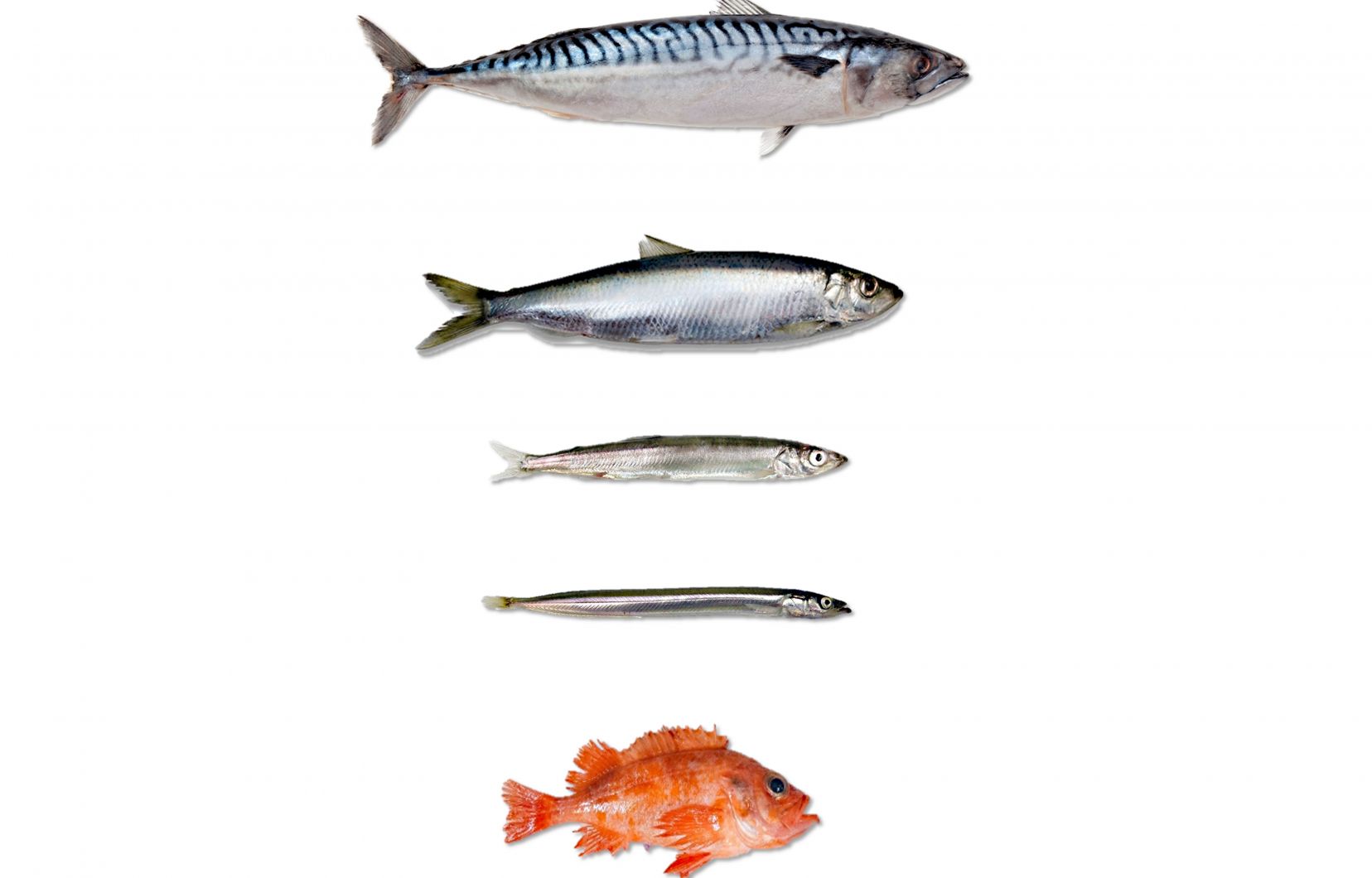To characterize the diet of the northern nesting grouse of Ile-Bonaventure-et-de-Rocher-Bercy National Park, the researchers attached to the birds a miniature camera, a GPS and a diving recorder, three tools that provide accurate information about the marine fauna of the Gulf of St. Lawrence. The second of two texts.
How can the detection and identification of fish appearing on astronomical quantities of video images taken by cameras installed on northern gannets be accelerated? To achieve this, researcher David Pelletier, a teacher at Cégep de Rimouski, used artificial intelligence, more specifically a technique called deep learning (deep learning).
Computer scientist Olivier Leclerc, from the Center for Development and Research in Digital Intelligence (CDRIN) in Matan, has given him a helping hand by developing an artificial neural network capable of recognizing five species of fish that northern gannets eat.: mackerel, herring, capelin, sand pike And red fish.
This neural network had to be trained first to allow the computer to recognize objects – in this case this fish – on images. This training was carried out by presenting the algorithm with thousands of images that were first classified by an expert, who had previously indicated the corresponding elements of the fish to be recognized and the species to which they belong. “The person doing the commentary must be an expert who knows how to recognize the distinctive characteristics of the species. […] CDRIN CEO Isabel Kayer explains that a machine must learn, for example, that one species’ fin is sharper than another’s.
The machine will then notice these elements by mathematical analysis of the gradients and color contrasts between the adjacent pixels of the image. The algorithm will then see certain pixel arrangements which often correspond to the morphological characters of each type, the expert explains. “For example, the machine will mathematically detect that a mackerel with a black and blue back striped has patterns – drawing Black and Blue Alternatives: The algorithm creates parsing rules like this, which will then be applied in other images. “
The pursuit of accuracy
To properly train such a neural network, you need to give it a lot of data – in this case, images of fish eaten by a northern janet – and of good quality, the master asserts.I Cair. You have to choose the data that speaks volumes. “
David Pelletier retrieved this data by installing cameras in aquariums at the Exploramer Museum in Sainte-Anne-des-Monts. It also obtained datasets of red fish in the ponds of the Maurice La Montagne Institute and photos of mackerel from fishermen on the wharfs.
At this point, “Our network has an accuracy of 80%, which means that 8 out of 10 images will be correctly interpreted by the recognition algorithm,” explains teacher-researcher Cegep de Rimouski. Accuracy seems enough to him to quickly pass the vast amount of video data that he and his colleagues have collected. “It saves us from having to watch everything,” he says. Mr. Pelletier also intends to improve the performance of the program by providing it with new images with a more varied glossiness and composition.
The task of the neural network is not as simple as it seems, as Mr. Pelletier points out, because “birds [qui portent la caméra] And fish move quickly, so it’s hard to see well.” When the bird dives into the water, it also creates a broth, and many small air bubbles, around it. However, these bubbles can sometimes be interpreted as a fish. The algorithm must learn to differentiate them,” Add.
Fortunately, northern gannets feed mainly on fish that move in schools of one species, which simplifies the task of the algorithm a little.
The study of biodiversity
The project David Pelletier is involved in is called ReCAPP (for the automatic identification and classification of pelagic fishes in the Lower Estuary and Gulf of Saint Lawrence). Although his primary goal was to create a tool for rapid analysis of images reported by northern gannets, the researcher believes in the potential of combining underwater imagery and artificial intelligence (AI) in studying the biodiversity of marine ecosystems.
He notes that “the instrument does not destroy the sea floor like the traditional methods of stock assessment and biodiversity detection used to date, which are often done with trawling.”
At Fisheries and Oceans Canada, we already use underwater images, but the data is analyzed manually: technicians identify the species on videos obtained by cameras mounted on the decks of boats or on buoys. “This redundant and tedious work, which takes hours upon hours, can be done quickly by AI,” Mr. Pelletier asserts.
“For financial and logistical reasons, Fisheries and Oceans Canada monitors only commercial-quality species,” says the teacher-researcher. As a result, we know very little about the way of life, abundance, and distribution of species such as capelin and sand rump, which are nonetheless important links in the ocean food web. “
He also asserts that the use of seabirds equipped with miniature techniques would make it possible to make up for some of the delays in studying these lesser-known fish. “The birds do not allow random sampling, but they do provide us with information on the exact location of the species that fall prey to northern trees. Other species of seabirds, such as the Common Murre, can also be used, which dive to greater depths and feed on other species.”
“We could have an army of winged watchers to help us better understand all the fish that live in St. Lawrence,” says David Pelletier.
An earlier version of this article was modified, which indicated that David Pelletier was affiliated with the University of Quebec at Rimouski.
Watch the video

“Subtly charming problem solver. Extreme tv enthusiast. Web scholar. Evil beer expert. Music nerd. Food junkie.”

